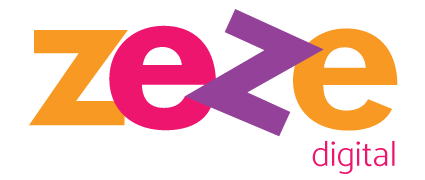Kenya’s digital communication landscape is undergoing a rapid transformation, driven by the rise of social media and multiple social and political movements. While platforms like Facebook are still popular, a shift towards more visual and interactive platforms such as X ( formerly Twitter ) and TikTok is redefining how Kenyans consume, share and act upon information. In this article, we explore the evolving role of social media platforms, the spread of misinformation, the mobilisation of young people, and the growing preference for visual and interactive content.
The Power of Short-Form Content.
Platforms like Twitter and TikTok thrive on short, engaging content. This form of disseminating information suits and caters to younger demographics who prefer quick updates. Informative visuals and graphics as well as interactive features such as polls and challenges on these platforms make information dissemination more accessible and engaging. These platforms allow for real-time updates and direct communication, bypassing traditional media channels. This democratisation of information means that anyone with internet access can share news and opinions, leading to a more participatory information environment. The ease of sharing information also empowers young people to mobilise themselves around causes they care about, fostering stronger social movements.
The Impact of Twitter and TikTok.
Twitter and TikTok are at the forefront of this communication shift.
Twitter, known for its immediacy and brevity is used for real-time updates and discussions. It is a powerful tool for political discourse, breaking news, and public engagement. Hashtags such as #KOT (Kenyans on Twitter) have created a sense of community and collective action.
TikTok has revolutionised content creation with its short, engaging videos. TikTok’s algorithm-driven content delivery ensures that popular trends and challenges spread quickly. It is particularly effective for reaching younger audiences who prefer visual and interactive content over text-based media.
The use of hashtags and trending topics on both platforms allows for widespread visibility and engagement, amplifying the voices of its users. In the past weeks, we have seen the younger generation use platforms such as Twitter and TikTok, to share their views, mobilise informational and medical resources and give real time updates of what was happening during the recent protests.
The Challenge of Misinformation.
The same ease of sharing that empowers can also be easily exploited. The lack of gatekeepers on social media allows unverified information to spread rapidly, making it difficult to distinguish between fact and fiction, particularly for less digitally savvy users. Without rigorous verification processes, false information can quickly gain traction. This is especially concerning during critical times such as elections or health crises, where misinformation can have severe consequences. The viral nature of social media means that once false information is out, it is difficult to contain. This can have serious consequences, fueling social unrest and hindering progress on critical issues which has been witnessed these past few weeks. This can be countered by ensuring that all information shared comes from verifiable sources and has been confirmed by the relevant parties involved. By doing so, this ensures that the right information is in the public space and it does not cause panic or spread fear.
Actionable Insights.
To navigate this evolving landscape, individuals can;
Be critical consumers of information: Always verify information before sharing it. Look for reputable sources and cross-check facts.
Follow credible accounts: Follow journalists, fact-checkers, and news organisations known for reliable reporting.
Engage responsibly: Be mindful of the potential impact of your online actions. Avoid spreading rumours or misinformation.
Looking Forward
The future of communication in Kenya will likely continue to be shaped by the rise of visual and interactive platforms. Understanding how these platforms are currently used can help predict future trends like the emergence of new social media giants or the integration of emerging technologies such as Artificial Intelligence. By embracing the positive aspects of social media while mitigating its risks, Kenyans can ensure that this powerful tool continues to empower and connect our communities. As Kenya continues to embrace digital transformation, the future of communication looks increasingly interconnected, visual, and interactive.
